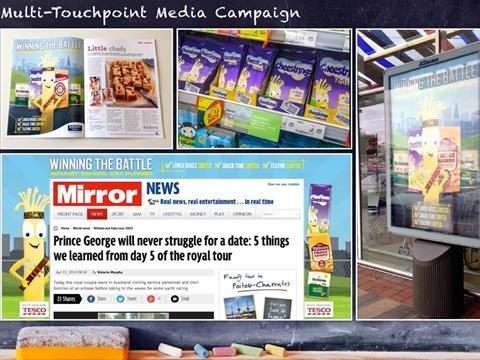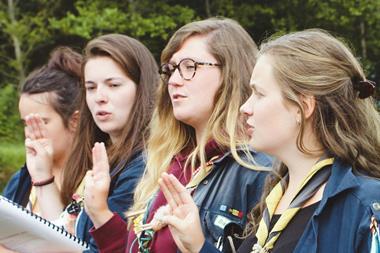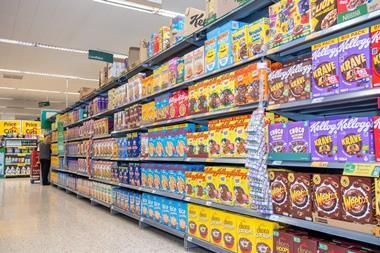
Content marketing saw exceptional growth last year and shows no signs of slowing down in 2015, as 78% of CMOs see custom branded content as the future of marketing [Demand Metric]. There is no doubt we are seeing a sharp increase in investment in content marketing as a practice, but the inevitable obstacle for brands will be fighting for the attention of customers among an increase in “digital rubbish.”
“Simplicity and shareability often trump production quality”
The natural assumption would be to focus on and invest in high-quality strategic production and promotion to cut through the noise and drive engagement. This is a solid rationale in theory but not, I feel, the most important consideration for success. You see, the best content, both in value and aesthetic, is not always the most successful in terms of organic engagement in our socially driven environment. We see this on a daily basis as traditional advertising agencies do what they do best in terms of storytelling and high-quality production. The work is fantastic, and where content is concerned it’s beefy, heavily researched and well-written. Yet so very often it relies on hefty paid media budgets to drive engagement. Paid media is key for any social content strategy, but it shouldn’t be the cornerstone. If you have to pay too much for the attention of your audience, then the idea isn’t relevant, isn’t strong enough or most likely, it has not been structured for a social audience.
So what is the opportunity this year? Often it’s not the quality of the content, but the manner in which it is presented. You only have to look at your Facebook feed to witness the swell in branded content among entertaining but (let’s face it) useless media. So ‘being seen’ is the first hurdle. As the volume of content increases, attention spans decrease. Ideally, keeping your content visual will invite curiosity and the simplicity in which the message is presented will retain attention. For fmcg and food/drink brands in particular, 2015’s simple, visual, shareable content opportunity must be image marketing on channels like Instagram and Pinterest.
Brands that encourage and embrace the enthusiasm of millennial audiences to photograph pictures of food and drink automatically shared with their peers will drive higher trusted levels of advocacy than paid promotion. Since peer recommendation is a more impactful factor in purchase consideration than paid promotion [Nielsen], it’s worth looking into how Instagram and Pinterest can help fuel curiosity and product trial. The irony is accepting the notion that simplicity and shareability often trump production quality in a world of almost infinite options for your audience. The challenge is how you will adapt to it.
John Barton is managing partner and co-founder of Testify Digital



















No comments yet